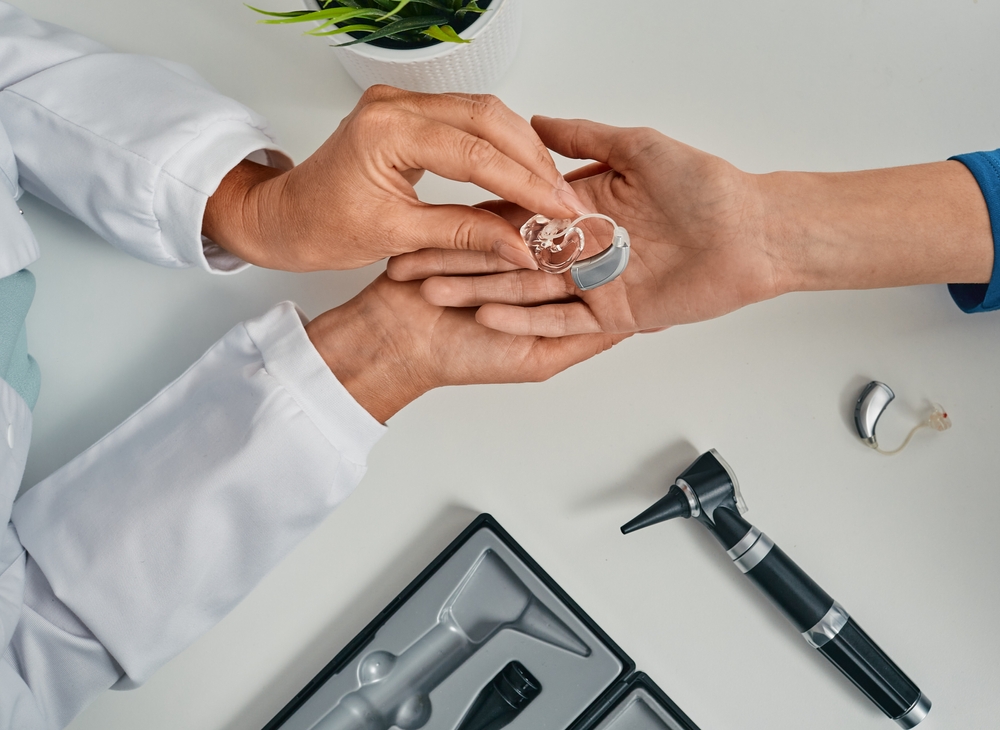
Hearing aids are vital for enhancing day-to-day communication by improving the clarity of sound. For ideal performance, it’s crucial to schedule routine upkeep and routine expert cleaning sessions. With time, earwax, moisture, and debris can accumulate, resulting in decreased performance. Knowing when it is time to arrange professional maintenance can help extend the longevity of your hearing aids and ensure they continue to operate at their best.
The importance of professional hearing aid cleaning
In spite of routine upkeep at home, hearing aids can gradually accumulate debris that might affect how well they work and the quality of sound they produce. Professional routine maintenance offers several key benefits:
- Deep Cleaning– Removes earwax, dust, and moisture that day-to-day cleaning tools may not successfully remove.
- Improved efficiency – Removes blockages that might result in muted audio or distortion.
- Extended Lifespan– Prevents premature wear and tear, reducing the need for repair work or replacements.
Regular skilled cleanings keep your hearing aids working effectively, decreasing the chance of unexpected malfunctions.
Signals that your hearing aids need professional maintenance
Not certain if your device is due for a deep clean by a pro? Look out for these telltale signs that it’s time to contact the experts:
- Muted or Distorted Sound: If speech and ambient sounds seem unclear, dull, or distorted, it may be due to wax or debris obstructing the microphone or speaker.
- Constant Feedback or Squealing: A squealing noise at a high frequency (feedback) could indicate a blockage from earwax or an ill-fitting device. A professional cleaning can help eliminate obstructions and fine-tune the fit.
- Troubleshooting Volume Issues: When volume adjustments fail to yield the anticipated result, it might be necessary to perform maintenance on internal components or recalibrate the system’s software settings.
- High humidity can affect the device’s internal components, causing random audio interruptions or unreliable button control. A skilled expert can assess and resolve issues related to moisture or water damage.
- Noticeable Wax or Dirt Build-up: If you notice a substantial buildup of wax or debris on your hearing aids, professional cleaning ensures a more thorough removal than at-home care.
- Use precision tools to eliminate wax, dirt, and moisture without harming fragile parts.
- Confirm the proper functioning by inspecting and fixing any broken components.
- Examine both software and hardware to pinpoint any performance issues that might be affecting the quality of sound.
- Swap out any tubing or filters that might be affecting the performance of the device.
- Every 3 to 6 months for standard maintenance.
- More frequent cleanings are recommended for individuals prone to excessive earwax buildup or those living in humid settings.
- Managing small issues promptly can help steer clear of expensive repairs down the line.
What does a professional hearing aid cleaning look like?
A thorough cleaning service not only keeps your devices in good working order but also assures top performance and efficiency. During the appointment, specialists will:
How often should you schedule professional maintenance?
The need for professional cleanings differs based on factors like how much earwax is produced, the levels of humidity, and how the device is typically used. Frequently suggested best practices are:
Keep your hearing aids in top condition
To keep your hearing aids functioning efficiently and delivering crisp, clear audio, it’s essential to schedule routine exams and maintenance with a hearing care professional.
If you’re noticing muffled audio, feedback, or functionality problems, it might be time to schedule a professional cleaning.
Set up an appointment for your hearing aid cleaning and maintenance now.

